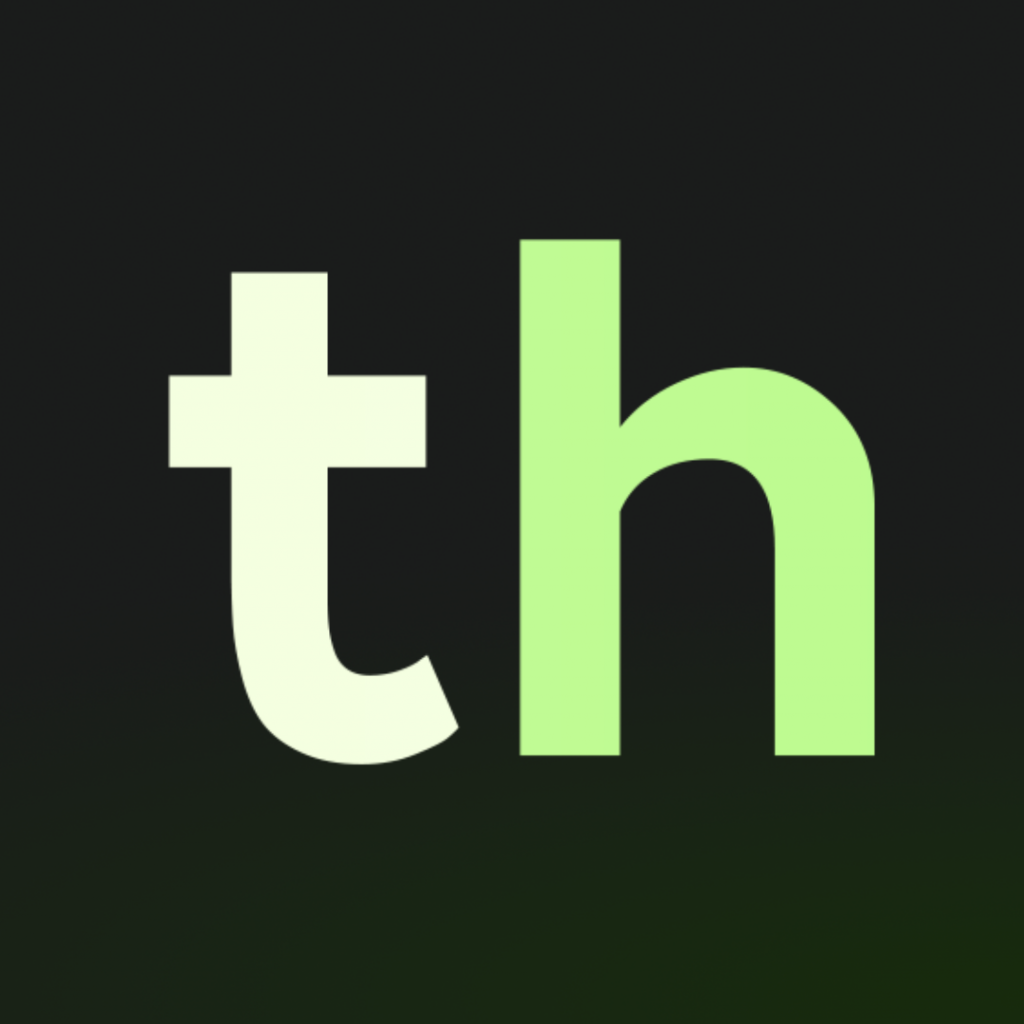The digital world is constantly evolving, and your website is your business’s first impression. A well-designed website doesn’t just look good—it drives conversions, engages users, and reflects your brand’s professionalism. But with design trends and technologies shifting rapidly, keeping up can feel like a challenge.
2025 is set to be a pivotal year for web design, with innovation dominating the industry. For small business owners and startups, staying ahead of these trends could mean the difference between standing out and blending in. From AI advancements to immersive designs using WordPress and Elementor, this blog will help you discover how to future-proof your online presence.
Why Staying Updated with Web Design Trends Matters
Your website isn’t just a static brochure—it’s a dynamic asset that defines user experience (UX). Visitors decide within seconds whether they’ll stay or leave based on your site’s design. Seamlessly integrating new trends ensures your website remains fresh, functional, and competitive.
By leveraging tools like WordPress and Elementor, adopting new technologies becomes easier and more accessible, even for businesses with limited resources. Here’s what to look out for in 2025.
1. AI-Driven Design is Revolutionizing Web Development
Artificial Intelligence (AI) is no longer a futuristic concept—it’s a reality reshaping the web design landscape. With AI, you can create smarter, more personalized websites that adapt to your users’ behavior in real time.
Key AI-powered enhancements include:
- AI-Generated Content: Think blog posts, product descriptions, and meta tags written automatically based on user preferences.
- Personalized User Experiences: AI tools like ChatGPT 4 can analyze customer data to offer tailored suggestions, personalized layouts, and automated live chat support.
- Design Assistance: AI tools like Wix ADI or Elementor’s evolving features use algorithms to recommend layouts, color palettes, and typography that align with your brand.
For small business owners, this means less guesswork and more time focusing on delivering exceptional customer value.
2. The Rise of Dynamic and Interactive Elements
Static websites are becoming a thing of the past. 2025 is marking the rise of interactive and dynamic design elements that boost engagement and keep users on your site longer.
Examples of Dynamic Website Features:
- Micro-Animations: These subtle movements—like a button that “wiggles” when hovered over—create engaging interactions.
- Interactive Menus: Think collapsible menus, hover effects, and 3D transitions built seamlessly in WordPress using Elementor.
- Gamification: Features like progress bars or point-reward systems encourage users to interact more with your site.
Dynamic features make even sophisticated websites user-friendly, thanks to tools like Elementor Pro, which offer drag-and-drop simplicity without requiring coding expertise.
3. Minimalist Designs that Prioritize Speed and Performance
Less is more in 2025. Minimalist design—think clean layouts, ample white space, and clear call-to-action buttons—is dominating web design trends. The focus? Reducing distractions and boosting site speed.
Why does this matter? Studies show that if a website takes longer than 3 seconds to load, 40% of users will abandon it. Fast-loading minimalist designs, built on WordPress themes optimized for Elementor, ensure your visitors stick around.
Minimalist design doesn’t mean boring; thoughtful typography and engaging visuals can still create high-impact experiences.
4. Enhanced Accessibility with Inclusive Design
Inclusivity is no longer optional—it’s essential. Accessibility in web design ensures every user, including those with disabilities, can interact with your website effortlessly.
Key accessibility enhancements for 2025 include:
- Clear Navigation for screen readers.
- Accessible Color Contrasts for visually impaired users.
- Keyboard-Friendly Features for seamless tab navigation.
WordPress and Elementor’s accessibility tools, like ready-to-use ARIA labels and visually adaptive themes, make compliance easy to achieve. Building an inclusive site demonstrates that your business values every customer and builds brand loyalty.
5. Sustainability Through Green Design
Sustainable web design is an exciting new trend for 2025, and it’s not just a buzzword. Websites consume energy through servers and digital assets, contributing to your digital carbon footprint. To tackle this, designers are adopting greener practices, such as slim fonts, smaller image sizes, and minimalist designs that reduce loading time.
The best part? WordPress plugins like Smush and Elementor’s performance updates help small businesses implement sustainable solutions without additional effort.
6. Voice Search Optimization
With the rise of AI-powered voice assistants like Alexa, Google Assistant, and Siri, voice search is changing how users interact with websites. And in 2025, businesses optimizing for voice queries will gain a significant edge.
To stay ahead, focus on these elements in your WordPress-powered website development roadmap:
- Conversational Keywords that match how users speak.
- Answer-Driven Content designed to provide clear responses to common questions.
- Mobile-First Design ensuring compatibility with voice searches on smartphones and tablets.
Elementor makes it easy to implement these strategies with its SEO plugin compatibility and customizable layouts.
7. Video Headers and Backgrounds
Videos will continue dominating web design trends in 2025, as they instantly grab attention and convey your brand story. Using video headers or backgrounds tells your audience what your business is all about—quickly and effectively.
WordPress themes, combined with Elementor’s intuitive interface, allow you to add stunning video sections without slowing down site performance. Use this feature sparingly for maximum impact, ensuring videos align with your broader branding strategy.
Transform Trends into Results with Expert Help
Web design trends of 2025 are not just about aesthetics—they’re about functionality, accessibility, speed, and customer satisfaction. Tools like WordPress and Elementor ensure any small or medium-sized business can take advantage of these innovations without breaking the bank.
That said, staying on top of evolving trends can be overwhelming for business owners focused on their core operations. By working with professionals who keep up with the latest in web design technology, you can focus on what you do best—running your business.




